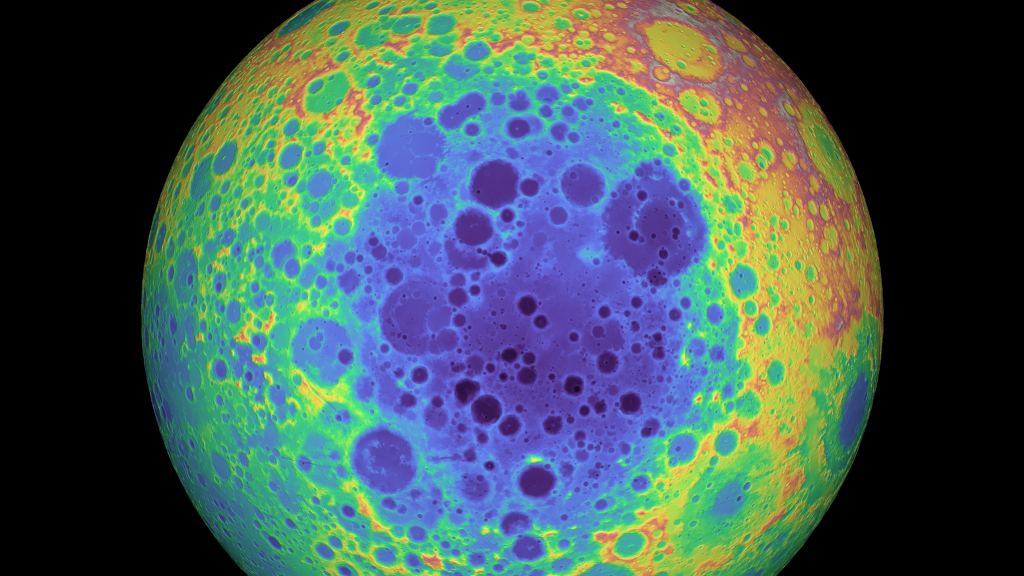China greeted the New Year with some impressive lunar milestones. For starters, last Friday (Jan. 3rd) was the first anniversary of the Chang’e-4 mission becoming the first robotic mission to make a landing on the far side of the Moon. A day prior, the Yutu-2 rover also celebrated the end of its 13th lunar day of science operations and the fact that it was the first rover to travel a record 357.695 meters (1,173.5 ft) on the far side of the Moon.
Ever since it first rolled off the Chang’e-4 lander, the rover has been exploring the Moon’s South Pole-Aitken Basin during each “lunar day.” These last for a total of 14 Earth days and are followed by lunar nights that last just as long (during which the rover powers down). By December 2019, Yutu 2, broke the record for the longest distance traveled on the Moon, which was previously held by the Soviet Lunokhod 1 rover.

As of the penning of this article, the rover has been in operation for 370 days, exceeding its original three-month mission by a factor of four. Because of this, the Yutu 2 has also broken the record for being the longest-working lunar rover on the Moon. During that time, it has revealed a great deal about the composition of lunar soil within the South Pole Aitken-Basin.
This includes materials that are believed to have originated from deep inside the lunar mantle, which has provided insight into the composition, formation, and evolution of the Earth-Moon system. Due to the complicated and rugged nature of the lunar terrain on the far side of the Moon, the rover will continue to slowly but steadily explore the southern polar region to learn more about its composition and possible resources.
The ultimate purpose of this is to determine if a permanent outpost can be built in the area using local regolith and water ice – a process known as In-Situ Resource Utilization (ISRU). In this respect, China intends to join NASA, Roscosmos, and the European Space Agency in creating a lunar base where astronauts could conduct vital research and develop expertise working in low-gravity.
Looking ahead, the China National Space Agency (CNSA) plans to send several more missions to the Moon as part of its Chinese Lunar Exploration Program (aka. the Chang’e program). These include the Chang’e-5 mission, which will land on the Moon by the end of 2020 and conduct China’s first sample-return mission. This will consist of collecting 2 kg (4.4 lbs) of lunar regolith from the Mons Rümker region and returning it to Earth.

This will be followed by Chang’e-6, a second sample-return mission that will launch in 2024 and bring lunar soil back from the south pole. In 2023, the Chang’e-7 mission will be sent to the South Pole-Aitken Basin to conduct a comprehensive survey of the region, following up on the work of Chang’e-4. The final mission, Chang’e-8 (which is scheduled to launch in 2027) will test technologies and lay the groundwork for a crewed mission.
There’s no doubt about it, China has made some very impressive strides in recent years. And the 2020s promise to be an especially exciting time as the CNSA mounts increasingly bold and ambitious missions and move ever-closer to sending astronauts to the Moon.
Further Reading: Parabolic Arc, Xinhuanet, Xinhuanet (2)


Good for China! I seem to recall some did not expect it to last the first long cold lunar night.